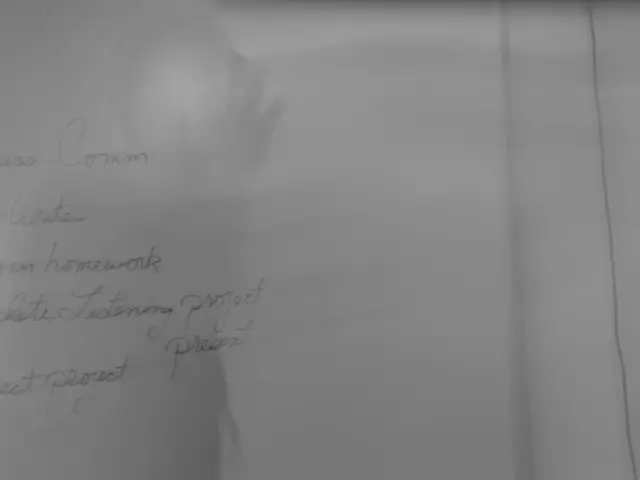Ongoing discussions between India and the US on Bilateral Trade Agreement taking place via various communication channels, as stated by Commerce Secretary Sunil Barthwal
The sixth round of India-US Bilateral Trade Agreement (BTA) negotiations, initially scheduled for August 25-29, 2025, has been postponed by the US delegation. This delay comes amid the impending implementation of a 50% tariff by the US on Indian imports, effective August 27, 2025 [1].
The US had earlier imposed a 25% reciprocal tariff on Indian imports from August 7, 2025, as part of an effort to pressure India to open its markets and reduce the trade deficit. If certain conditions, including lowering Russian oil imports, are not met, the tariff could potentially increase to 50% [2].
Key sectors under discussion include agricultural and dairy products, where the US demands lower duties, but India remains steadfast in protecting its farmers and rejecting genetically modified (GM) foods [1]. The textile and labor-intensive export sectors are identified as potential beneficiaries in the deal, as greater US market access could bolster their exports [5].
India prioritizes protecting the interests of farmers, cattle-rearers, and fishermen, which has been a major sticking point in negotiations [1][5]. The talks have been described as politically sensitive, with India maintaining strict "red lines" on sensitive sectors despite pressure to eliminate trade barriers [5].
Both countries aim to progress through phased agreements, starting with an interim deal to pave the way for a broader comprehensive contract [5]. The goal is to increase bilateral trade volumes significantly, with ambitions to reach $500 billion by 2030 [5].
In the past, five rounds of negotiations have been held, with the last round taking place from July 14-18, 2025, in Washington [3]. The government official is focusing on diversification and export promotion to mitigate the impact of US tariffs, and is in touch with key stakeholders to assess vulnerabilities of sectors exposed to the US market [4].
The official has met with various industries, including labor-intensive sectors, to understand their exposure to the US market [4]. Commerce Secretary Sunil Barthwal has confirmed that India is actively working towards expanding trade and investment with the US [6].
The negotiations are happening across multiple channels, including at the negotiating team's level, ministerial level, and diplomatic level [7]. The talks cover several areas, including market access, Sanitary and Phytosanitary Measures (SPS), Technical Barriers to Trade (TBT), digital trade, customs, and trade facilitation [7].
Notably, some companies are diversifying their exports to other countries, including the EU and UK, in response to the US tariffs [8]. The official has noted that this diversification trend is a positive development, as it reduces India's dependence on the US market [8].
The next round of negotiations remains unscheduled due to the postponement, and further talks will likely resume once tariff-related issues are addressed and political dynamics permit [1][5].
References: 1. The Economic Times 2. Business Standard 3. The Hindu 4. Live Mint 5. Financial Express 6. ANI 7. India Today 8. The Print
- The postponement of the sixth round of India-US Bilateral Trade Agreement negotiations has sparked diverse opinions among the general-news media, with some analysts viewing it as a setback for progress in reducing the trade deficit.
- Finance experts are closely monitoring the tariff situation between the two countries, as the impending increase in US tariffs on Indian imports could significantly impact the business sector, particularly the textile and labor-intensive export sectors.
- The political sensitivity of the negotiations has been echoed in the news, with politicians reiterating India's commitment to protecting the interests of its farmers, cattle-rearers, and fishermen, which are considered "red lines" in the discussions.




